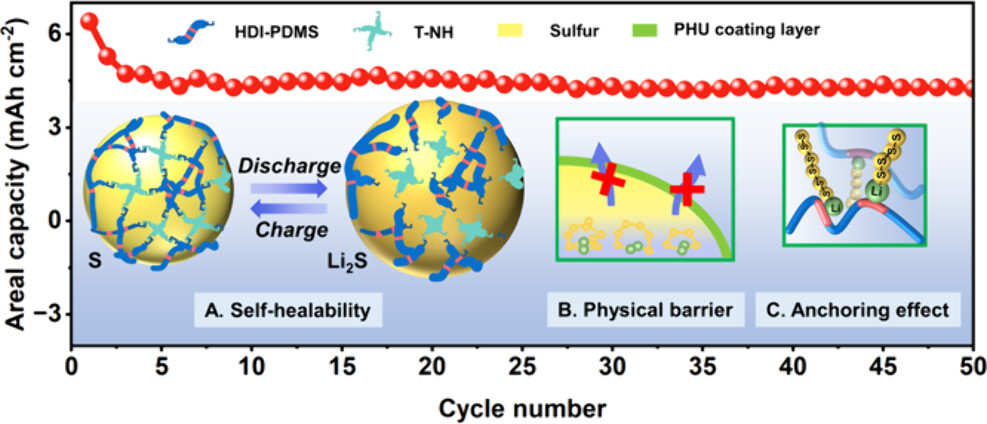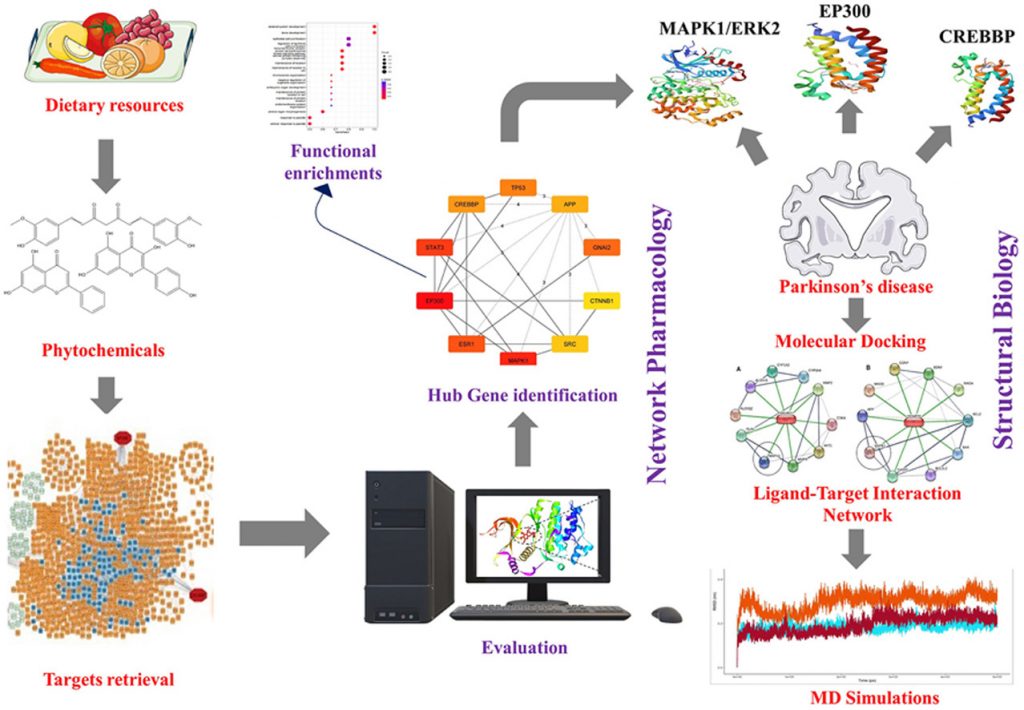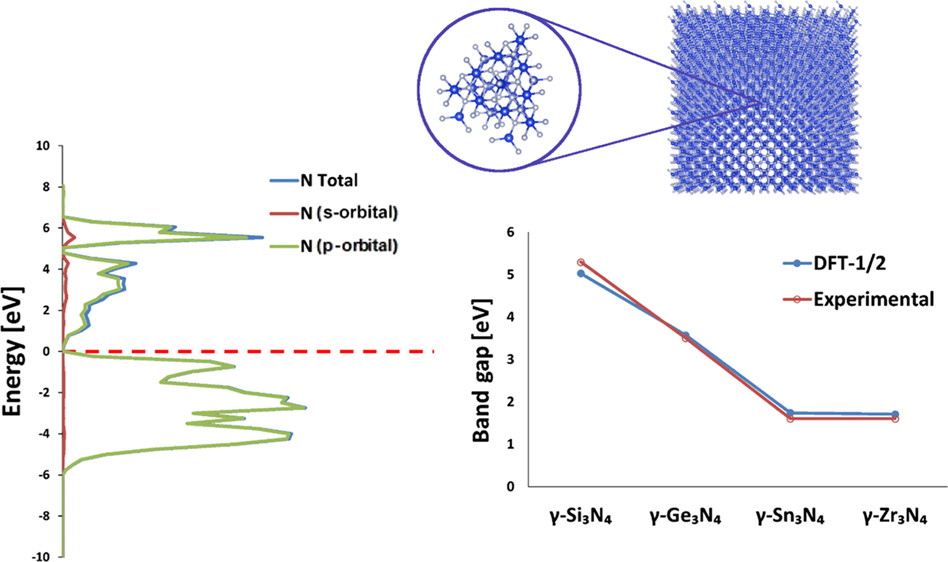Chemical Modeling in the Materials, Life and Environmental Sciences
Ongoing advances and breakthroughs in synthesis and experimental characterization techniques yield increasing detailed molecular-level information about chemical processes that is becoming increasingly difficult to decipher without the guidance of modeling. Computer simulations have thus rapidly been permeating all branches of chemistry, not only because they may help interpret convoluted experimental data, but also because they ultimately allow for further educated experimental design over time-consuming and costly trial-and-error approaches. Our research program centers on the development and application of state-of-the-art molecular dynamics and quantum chemistry techniques for realistic simulations of chemical processes, accelerated by artificial intelligence, enabled by high-performance computing and typically validated against top-notch experiments. Our research in chemical modeling across the materials, life and environmental sciences entails applications such as wear-resistant transition metal-nitride thin films and nanoparticles for opto-electronics, carbon-based molecular electronics, magnetic materials for spin catalysis, guest molecule encapsulation, membrane permeation, delivery of ligands and drugs to porous protein active sites, protein dynamics and reactions, synthetic peptide vaccines, therapeutics development and formulation, small-molecule structure and reactivity, RNA structure fundamentals, photochemistry of ionic clusters as precursors of the solvated electron or models for DNA radiation damage, structure and formation thermodynamics of seeded droplets, toxic metal atmospheric chemistry, environmental impact assessment of household chemicals and pesticides. We maintain intensive collaboration with renown experimentalists worldwide, as connection with experiment is crucial for assessing the reliability of our computer simulations and theoretical models, which, in turn can be used to improve our fundamental understanding of chemistry.



Research interests
- Physical, Theoretical and Computational Chemistry
- Chemical Physics and Biology
- Materials Science and Engineering
- Environmental Chemistry
- Therapeutics Development
- Artificial Intelligence
- Quantum Computing
